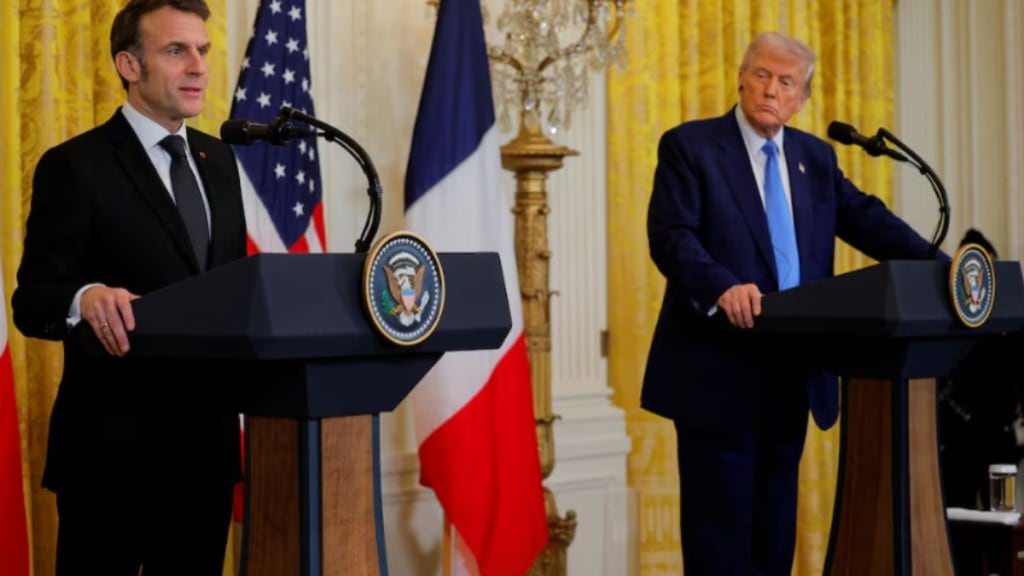President Donald Trump has taken steps to distance the US from its traditional allies in Ukraine, withdrawing condemnation of Russia’s 2022 invasion at both the United Nations and within the Group of Seven (G-7). On Monday, the US and Russia jointly voted against a European-backed UN General Assembly resolution that marked the war’s third anniversary by condemning Moscow’s full-scale invasion. In a stark departure from traditional transatlantic unity, the United States, under President Donald Trump, broke ranks with its European allies by refusing to hold Russia accountable for its invasion of Ukraine. This dramatic rift played out on Monday at the United Nations, where the US opposed three resolutions aimed at ending the ongoing three-year war.
India and China abstain
For the first time since Russia’s invasion of Ukraine three years ago, the U.S. sided with Russia at the UN, voting against a Ukrainian-backed resolution calling for de-escalation, an end to hostilities, and a peaceful resolution. Despite US opposition, the resolution passed with support from Europe and the G7, minus the US. India and China abstained, while 93 nations, including Germany, the UK, and France, voted in favour. Eighteen, including the US, Russia, and Israel, opposed it, while 65 abstained. This marks a significant shift in US policy, breaking from its previous alignment with European allies.
Trump-Putin talk
Tensions escalated further after Trump initiated direct negotiations with Russia to resolve the conflict, sidelining Ukraine and its European backers, who were left frustrated by their exclusion from last week’s preliminary talks. The divide was cemented in the UN General Assembly, where the U.S. aligned itself with Russia, voting against a European-backed Ukrainian resolution that condemned Moscow’s aggression and demanded an immediate withdrawal of Russian forces.
Trump appears to be accelerating efforts to end the conflict through direct engagement with Russian President Vladimir Putin, sidestepping European involvement. He announced on social media that “serious discussions” with Putin were underway. Additionally, he suggested Ukrainian President Volodymyr Zelenskiy might soon visit Washington to sign a resource agreement, which Trump has signalled as key to resolving the conflict and repaying US military support.
Europe worried
The Trump administration’s shift has left European leaders concerned. During a White House visit, French President Emmanuel Macron emphasized Europe’s commitment to Ukraine and its willingness to send peacekeeping troops post-settlement. Trump, however, refrained from discussing Europe’s role or US security guarantees for Ukraine.
Meanwhile, Putin has proposed allowing US investors access to Russian-controlled Ukrainian mineral resources and easing sanctions in exchange for economic cooperation, including aluminium sales to the US. He also welcomed Trump’s idea of cutting defence spending by 50%.
Despite opposition from the US, a European-backed resolution condemning Russia passed in the UN General Assembly. At the G-7, American diplomats resisted additional energy sanctions and opposed stronger language against Moscow, further highlighting Washington’s policy divergence from its allies.
(With inputs from agencies)

